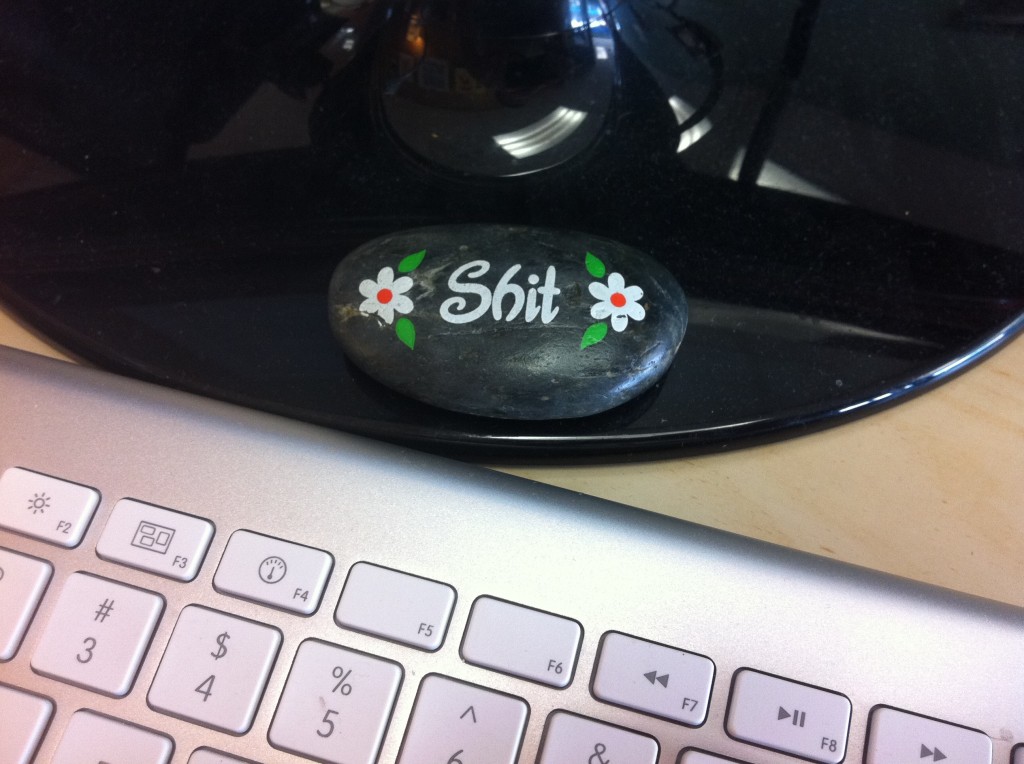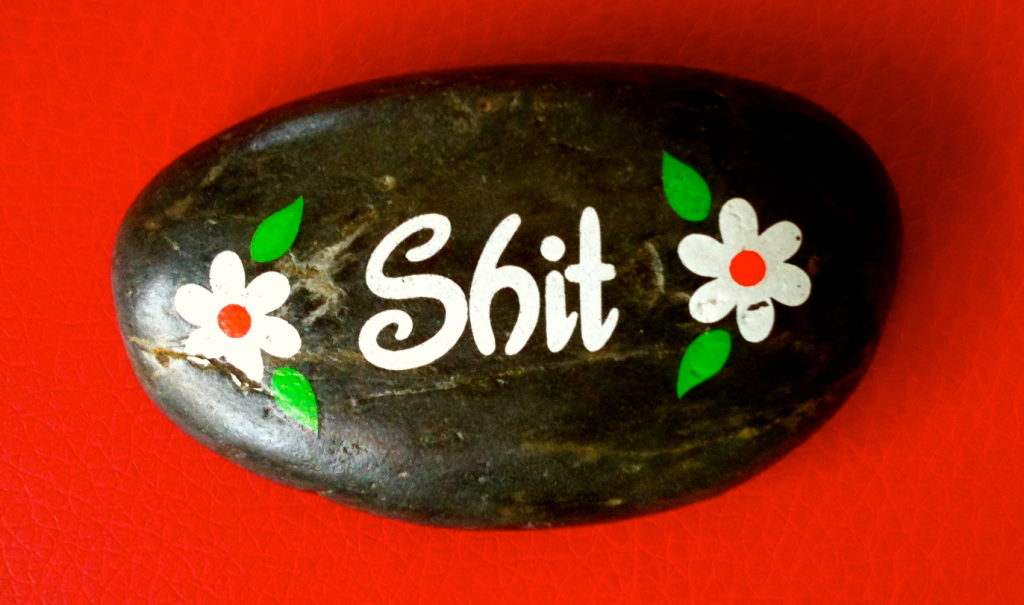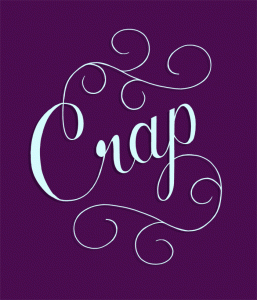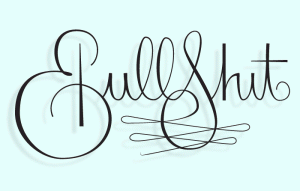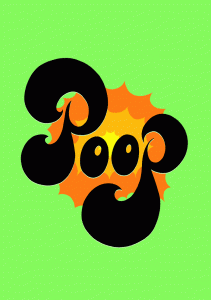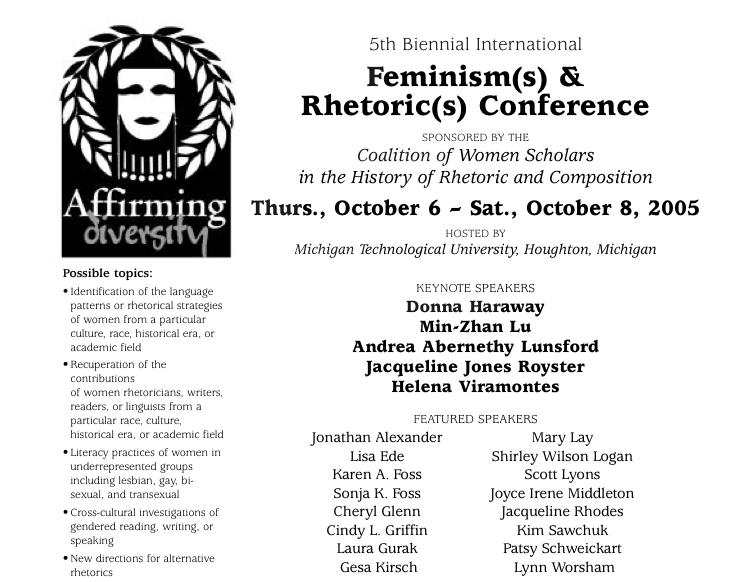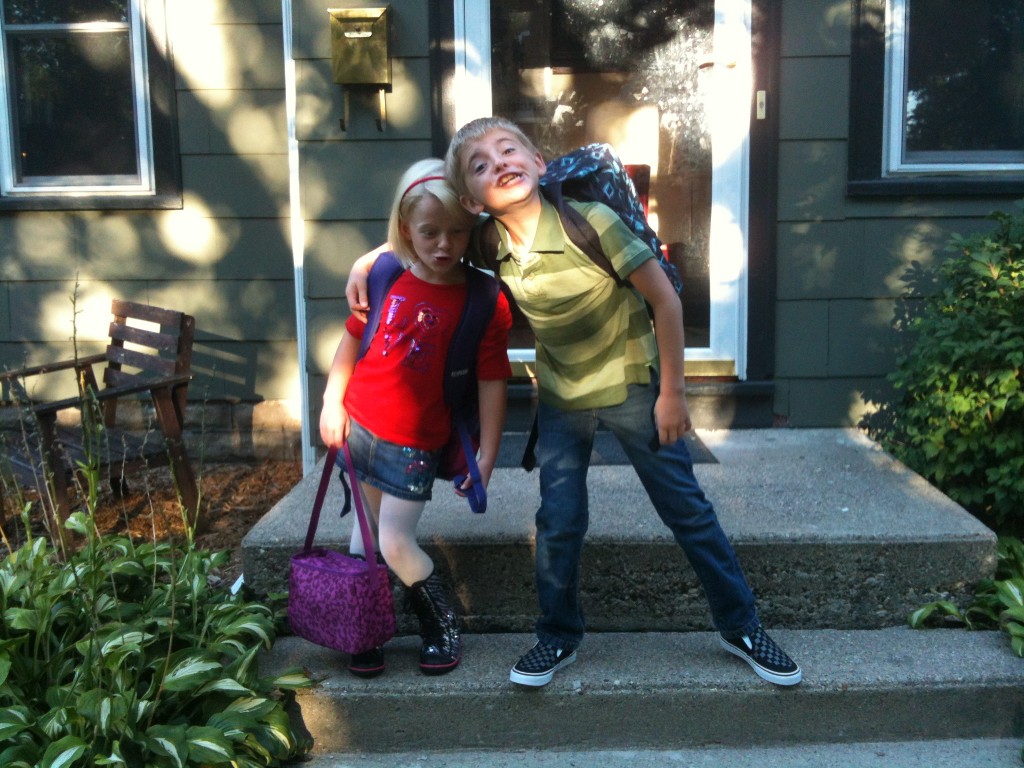Back in December 2012, I decided to craft a brief digital story using footage of my kids from 2009. I didn’t spend that much time quickly editing it down. Maybe an hour or so? A few things that I cut but that I can still recall (even without reviewing the footage) are:
- At the beginning of the footage, my daughter Rosie (who was 3 at the time), was sucking on a toy. At first I couldn’t tell what it was, but when I did, I said “Hey! I thought I hid that a few weeks ago! How did you find it.” Throughout the footage, I repeatedly tell her to stop sucking on it. And she repeatedly refuses to listen.
- Before heading outside, the kids stop and put their shoes on. I’m struck by how easily and quickly Rosie is able to put on her own shoes.
- At the very end of the footage, while Fletcher (my son, then 6) and Rosie are “riding” the broom, they run into the fence. Rosie falls down.
When I first showed the kids this video, Fletcher was disappointed. What had happened to the part where they ran into the fence and Rosie fell down, he wondered. I was surprised that he could remember this fleeting moment from almost 4 years ago. I told him that I had edited it out. Why? I have a fuzzy memory of deciding to take it out because I wasn’t sure that Rosie falling after hitting the fence would be something that we would want to remember. Plus, I was originally crafting this moment for my love in fragments project. Rosie falling at the end of their cute “ride” around the backyard didn’t seem to fit.
Last night, Fletcher (who turns 10 next week) and I watched the video for the 10th (20th?) time. And, again he lamented the loss of his favorite part. So, this morning I re-edited the digital story and put back in 6 seconds at the end. Instead of replacing my original story, I added Fletcher’s version as a new Vimeo video with the following description:
An updated version of Fletcher and Rosie singing and saying the word “poop” a lot. In the original version, I cut the ending short, leaving out the part where Fletcher and Rosie run into the fence and fall down. Fletcher was very disappointed. To please him and to ensure that repeated watchings of my story didn’t encourage us to forget Fletcher’s favorite part of that event (even before I showed him the video footage last year, he was talking about that day and remembering running into the fence) I decided to re-edit the video.
Working on this footage again has prompted me to think about the power of editing in shaping which experiences/events in our lives are meaningful and important, and which are rendered invisible. Having spent years reading and engaging with theories on deconstructing texts/narratives to challenge dominant readings and to look for the blind spots and the suppressed/repressed moments that are forgotten because of those dominant readings, this idea of editing as shaping is not new to me. But, it’s good to be reminded of it, especially when I envision one of my roles to be that of family storyteller.
Even as I try to craft stories that avoid becoming master narratives (the Story of an event), I find it difficult to avoid not allowing my particular point of view to dominate. Some may argue that this is just an inevitable part of the process, but I wonder, are there things we can do, strategies we can try, that allow us to move beyond (or move beside?) our limited perspective in our storytelling and account-giving? And, what might this look like in our written or visual accounts?
In the midst of writing this post, I’ve come up with an idea that I’d like to try. I want to give my immediate family (as in, STA, RJP and FWA) a few minutes of video footage to edit. I think it should be footage that hasn’t been edited before. Then, individually each of us will spend a little bit of time editing it down into a 2-3 minute story. The kids can easily use the iMovie app to edit and craft their own stories, which is really cool. Finally, we will screen the videos for each other and discuss them. Will we tell the same stories? Use the same footage? How will our perspectives differ?

